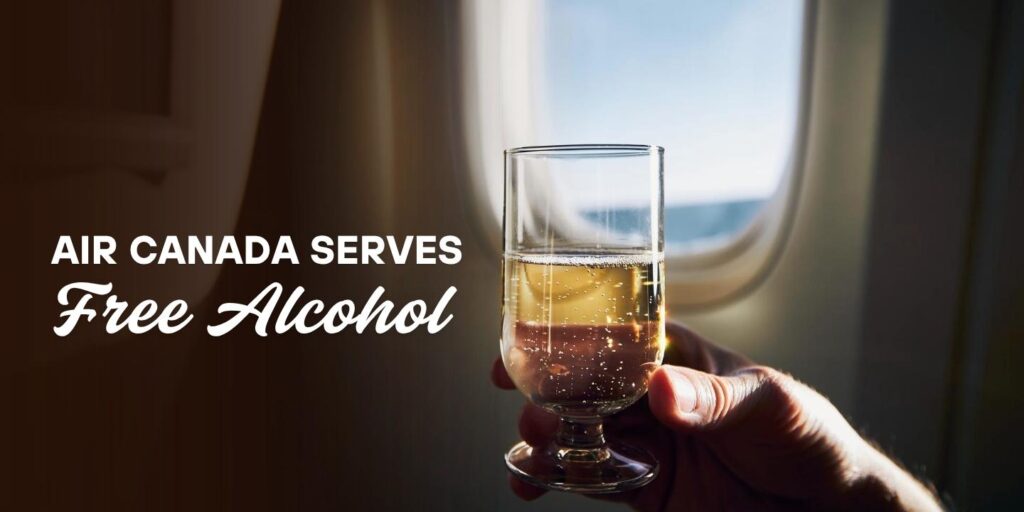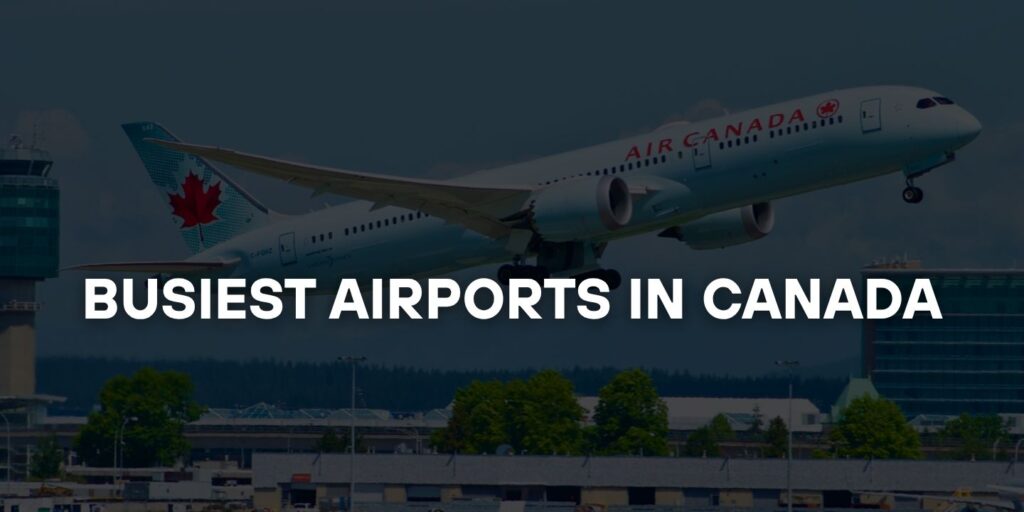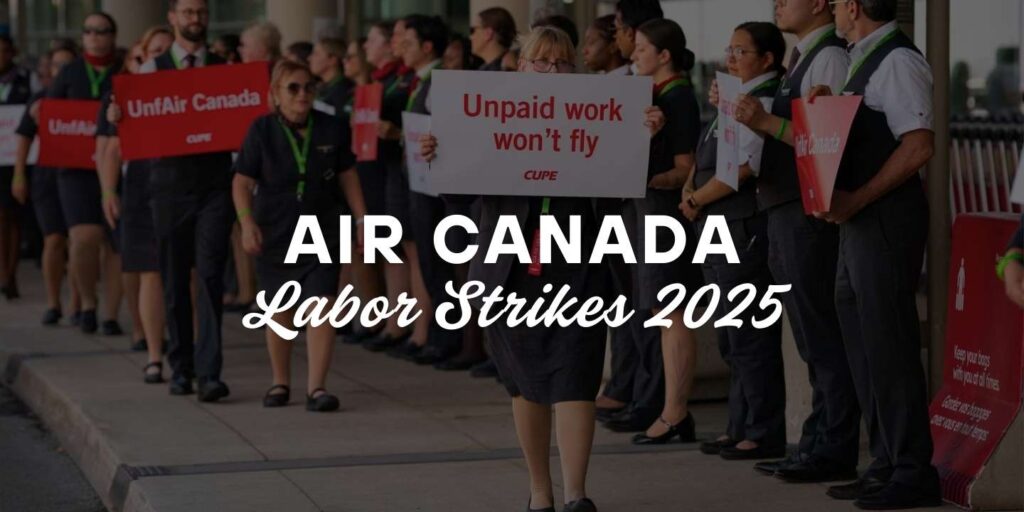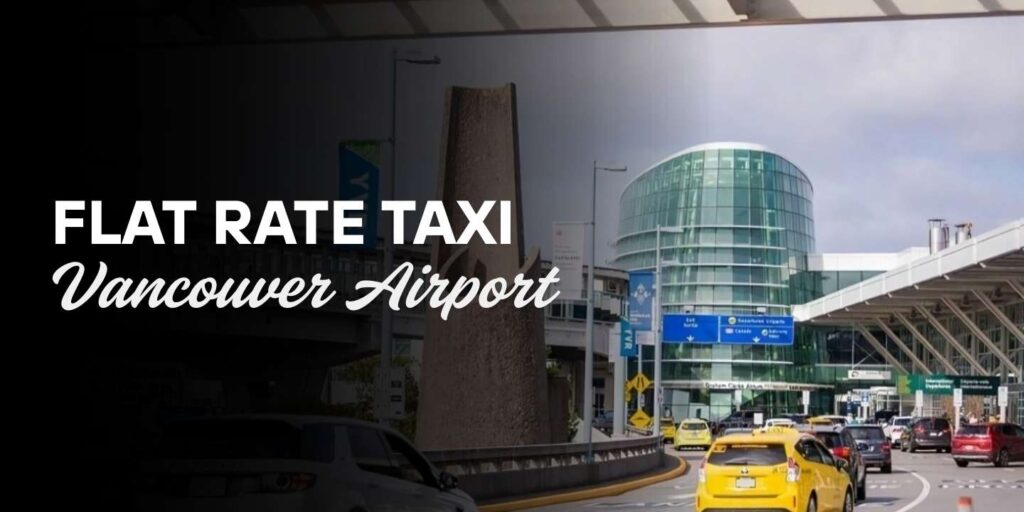Air Canada Serves Free Alcohol to All Economy Passengers
Air Canada Serves Free Alcohol to All Economy Passengers A move that has caught everyone’s attention, Air Canada serves free alcohol to all economy passengers. Air Canada is the first major North American airline to offer free beer, wine, and snacks to all economy class passengers on every flight. Its previous limited free-drink policy, which was only applicable on specific long-haul or trans-border routes, has been replaced by this new offer. Launched in September 2025, the change now covers domestic, Caribbean, Mexico, and international flights, positioning the airline to meet the growing dissatisfaction of passengers over rising fees. These are all the happy customers who have booked Toronto Taxi Limo’s services in the past through our online booking platform (added below), and left us with their kind words that has kept on motivating us to give the best service throughout the Greater Toronto Area, Hamilton Area, and other parts on Ontario, Canada. Choose Route and Days Choose a route, date and time of your trip! Choose a Car and Extras Choose a car and additional services! Complete the Booking Form Fill in a simple booking form and go! CALL NOW TO RESERVE YOUR RIDE 1 800-260-8901 (647) 689-5848 Free beer, wine and a variety of snacks will now be provided to all economy travelers. The airline serves MadeGood Mornings cinnamon-bun soft baked oat bars on flights that depart before 10 a.m. On other flights, passengers can enjoy snacks like TWIGZ craft pretzels, Leclerc’s cookies or items from Air Canada’s redesigned Bistro menu (such as hummus & crackers, oatmeal cups and Smarties). Notably, Air Canada is now the only airline in North America to serve a non-alcoholic beer in flight after adding Heineken 0.0. The decision was driven by the significant impact that F&B service has on passenger satisfaction, according to Scott O’Leary, Vice President of Loyalty and Product at Air Canada. He further added that removing baggage or seat selection fees, which have higher operating costs, is not as cost-effective for the airline as waiving alcohol fees. Travelers’ increasing frustration about the “ancillary fees” for checked baggage, seat preference and other extras coincide with the announcement. The airline has been the target of hundreds of social media complaints and some political commentary for what many perceive to be penny-pinching their passengers. Air Canada also experienced financial difficulties couple weeks ago, due to labor disruption. The airline estimated that the August flight attendant strike would cost them C$375 million in operating income. Therefore, protecting load factors, brand loyalty and differentiation without compromising core revenue sources can be achieved by increasing perceived value for economy travelers. What do the critics say? Critics welcome this decision with a pinch of salt. On one hand, a lot of tourists and media organizations praise the action since airlines have been charging passengers increasingly. Some people portray it as bringing back some of the old-fashioned hospitality, particularly for budget travelers. On the other hand, critics express worries about potential unforeseen repercussions. Free alcohol could worsen unruly passenger behavior in flights, which has already been on the rise worldwide, cited to be a major concern by flight attendants. According to International Air Transport Association, there was a rise in disorderly passenger incidents between 2017 to 2023 with alcohol being a contributing factor in many of these cases. In terms of logistics, providing free drinks directly raises expenses for inventory management and employee training. Although it is obvious that Air Canada feels that the marketing and goodwill advantages will outweigh the worries. Conclusion – Air Canada Serves Free Alcohol to All Economy Passengers This bold move by Air Canada is representative of a larger struggle in aviation between improving the passenger experience and maximising revenue through ticketing fees. While too many freebies can reduce margins, it is also true that too many fees can damage brand retention. We will certainly be looking to see if this move pays off positively or causes long-term effects on brand differentiation and customer loyalty.
Air Canada Serves Free Alcohol to All Economy Passengers Read More »





